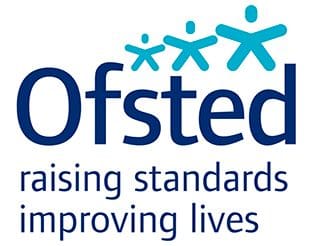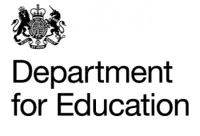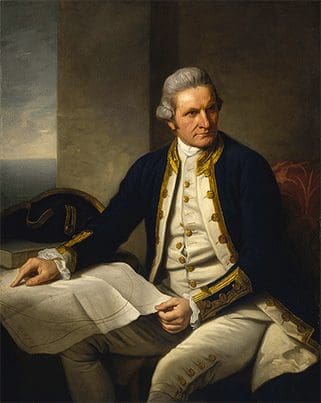
Learning to identify fake news online requires a set of skills and knowledge that help you evaluate information. You also need the proper mindset, says Stanford Graduate School of Education history Professor Sam Wineburg.
“You need to have some skepticism when reading online,” he says. “You need a disposition to ask key questions like, who’s behind the information, what do other sources say?”
Wineburg and his team at the Stanford History Education Group (SHEG) have studied how young people read online, and they are part of a recently announced $3 million initiative to help teachers prepare students to be discerning consumers of information on the internet.
Through the initiative, called MediaWise, SHEG will collaborate with the Poynter Institute of Media Studies, a leader in journalism education, and Local Media Association to help improve digital media literacy. MediaWise is supported by Google.org.
Previous research from SHEG shows that the vast majority of teenagers and college students are unable to correctly evaluate the credibility of online news and information. The group’s follow-up studies also provide evidence that students don’t approach information online in the same way as professional fact-checkers, meaning they rarely check a source’s credibility.







